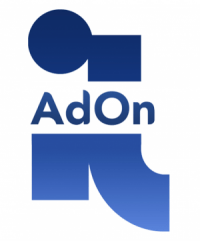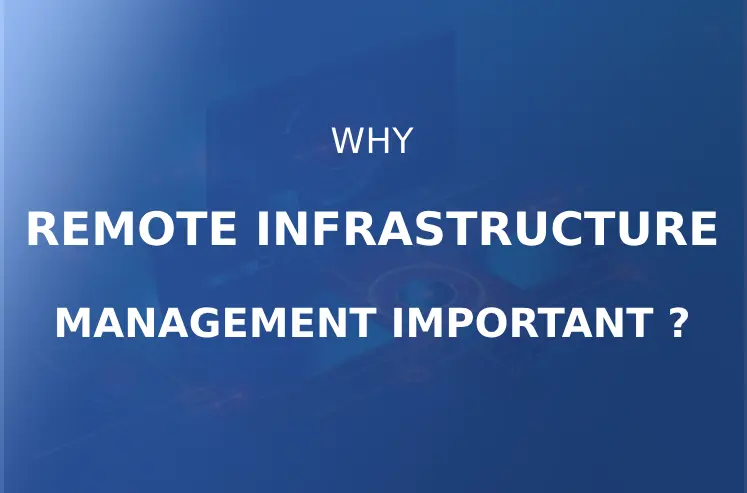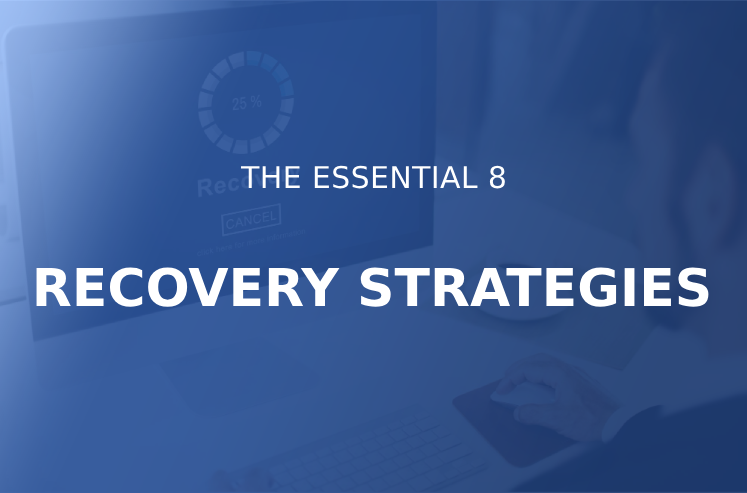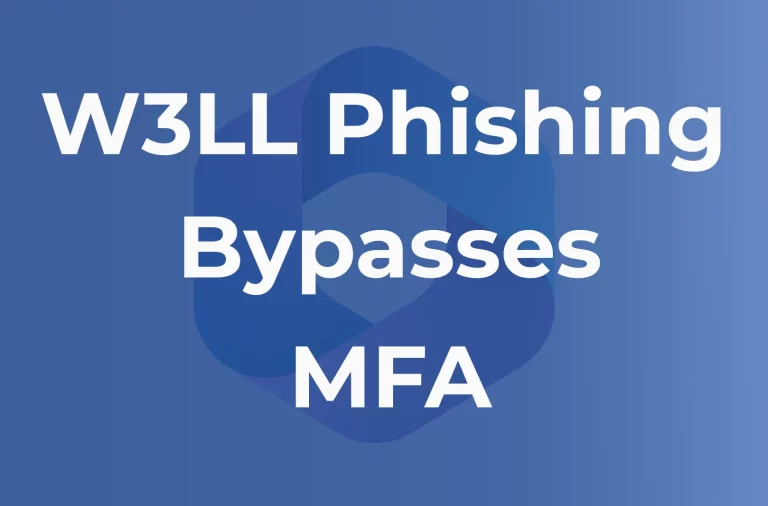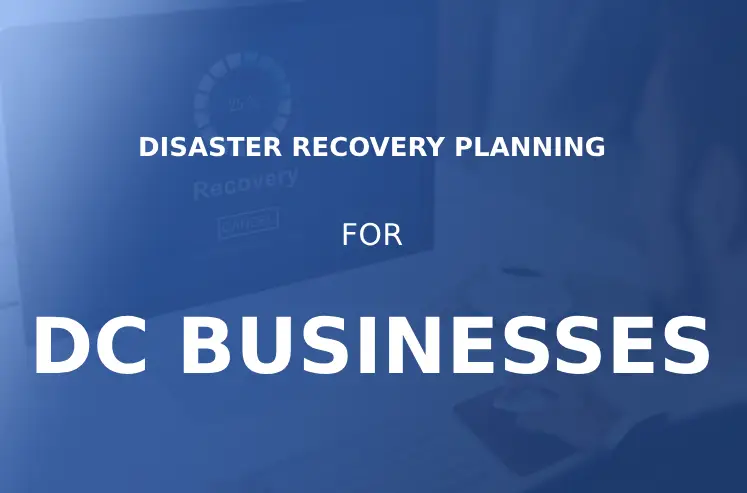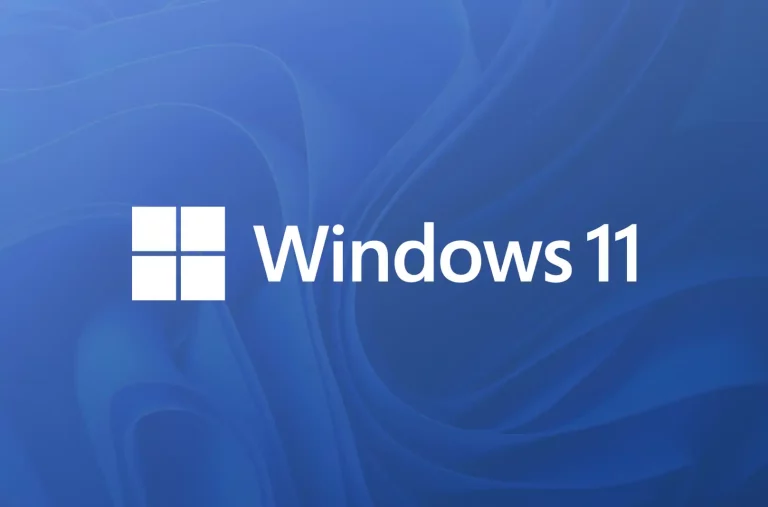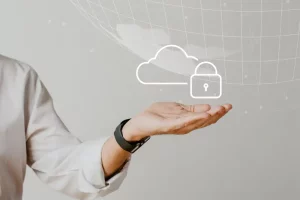
The world has changed dramatically in recent years due to the fast expansion of cloud computing. It has, however, also resulted in a number of security issues and dangers.
Vast amounts of data are being stored on the public cloud more often, which is creating an increase in security vulnerabilities.
CSA Survey Results
The Cloud Security Alliance (CSA), a group that seeks to advance best practices for cloud Security, recently polled industry professionals to learn more about the biggest security concerns with cloud computing.
The study results in point to the potential for a number of serious problems, including advanced persistent threats (APTs), denial of service (DoS), data breaches, unauthorized access to data due to insufficient identity and access management, insecure APIs, service hijacking, and more.
Cloud Computing Security Problems and Solutions
1 Data Breaches
A data breach occurs when private or confidential information is made available to uninvited parties. They may be the consequence of deliberate assaults, weak security procedures, program vulnerabilities, or human mistakes.
Cloud Service Providers (CSPs) are vulnerable to the danger of data breaches due to the huge volume of data they hold. While cloud service providers are accountable for their products, users or enterprises are also in charge of safeguarding their own data.
Encryption and multi-factor authentication are two security solutions that provide protection against data breaches.
2 Inadequate Identity and Access Management
Attacks and security breaches can also be caused by using weak passwords, not using multifactor authentication, and failing to rotate cryptographic keys and certificates automatically on a regular basis.
Unauthorized data access is further facilitated by the absence of scalable identity and access control solutions. Smartcards, OTP, and phone authentication are just a few examples of multifactor authentication solutions that can greatly help with this problem.
In the case of legacy systems that only use passwords, the authentication system should allow the enforcement of policies for the use of strong passwords and an organization-defined rotation duration.
3 Insecure APIs
Cloud Security is crucial for Application Programming Interfaces (APIs), making provisioning, managing, and monitoring cloud services possible. The interfaces must be built to thwart any malicious attempts at activity tracking, access control, encryption, and authentication.
4 System Vulnerabilities
In addition to interfering with service operations, attackers can enter systems and gain control of them by taking advantage of system flaws or exploitable defects.
Installation of security patches or updates, frequent vulnerability scanning, and monitoring of reported system threats are required in order to close security gaps and lessen the harm caused by system vulnerabilities.
5 Account or Service Hijacking
By using attack strategies including phishing, fraud, and the exploitation of software flaws, attackers can misuse account access, steal data, have an adverse effect on cloud services and systems, and harm the company’s reputation as a whole.
Organizations should implement robust two-factor authentication methods and, wherever feasible, forbid users from revealing their account credentials.
6 Malicious Insider Threats
A company’s Security may be severely impacted by the danger posed by insiders with bad intent who may be system administrators with access to vital systems and confidential data.
Effective policies, task separation, adequate logging, auditing, and monitoring of administrators’ activities are all necessary for the CSP to guarantee this is under control.
7 Advanced Persistent Threats (APTs)
Advanced Persistent Threats (APTs) infiltrate target firms’ IT systems to steal data and intellectual property (IP). Spear-phishing, direct hacking techniques, and using unprotected or third-party networks are popular access methods for APTs.
APTs are challenging to identify and stop, but they may be curbed with preventative security measures.
8 Malware Injection
Attacks using malware injection are growing in importance as a security issue for cloud computing. These are malicious scripts or pieces of code that provide attackers access to sensitive data and allow them to steal it, eavesdrop, and steal data.
9 Data Loss
Data loss can happen for a variety of causes, including unintentional erasure by the CSP or natural disasters such as fire or earthquake. Both the providers and the users must take sufficient data backup precautions and adhere to best practices for disaster recovery and business continuity in order to prevent this.
10 Insufficient Due Diligence
When implementing cloud technologies and choosing cloud providers, organizations must conduct the necessary due diligence and create a clear roadmap, failing which they may be exposed to a number of security concerns.
11 Poor IP Protection
The highest levels of encryption and security are required to protect IP. Together with identifying and categorizing IP to determine possible security concerns, vulnerability analysis, and the proper encryption must be done.
12 Abuse of Cloud Services
Insecure cloud service installations, fraudulent account sign-ups, and free cloud service trials are just a few problems that might lead to malicious assaults. Some instances of cloud-based resource exploitation include large-scale automated click fraud, hosting of illegal or pirated content, conducting distributed denial-of-service attacks, phishing campaigns, and email spam.
13 DoS Attacks
Attacks known as denial-of-service (DoS) restrict customers from accessing their data and apps by consuming abnormally huge quantities of system resources, such as memory, disk space, network bandwidth, and CPU power, by the cloud services that are being attacked.
14 Vulnerabilities Caused by Shared Technology
CSPs provide scalable services by sharing platforms, infrastructure, and applications without significantly modifying commercially available hardware and software.
It might result in shared technology vulnerabilities if the underlying components, including CPU caches and GPUs, do not provide adequate isolation qualities for a multitenant architecture (IaaS), multi-customer applications (SaaS), or deployable platforms (PaaS).
15 Communication with CSPs
Under the Service Level Agreements (SLAs) with CSPs, customers must specify their precise security needs. The CSA Security, Trust, and Assurance Registry (CSA STAR) may be used as a guide to help them understand the security measures that CSPs provide.
Moreover, CSPs must describe in detail how they maintain PCI and Federal Information Security Management Act (FISMA) compliance and safeguard multi-tenant borders.
The Way Forward
Please contact ITAdOn at [email protected] for more insights and responses to queries on Cloud Security Threats.
